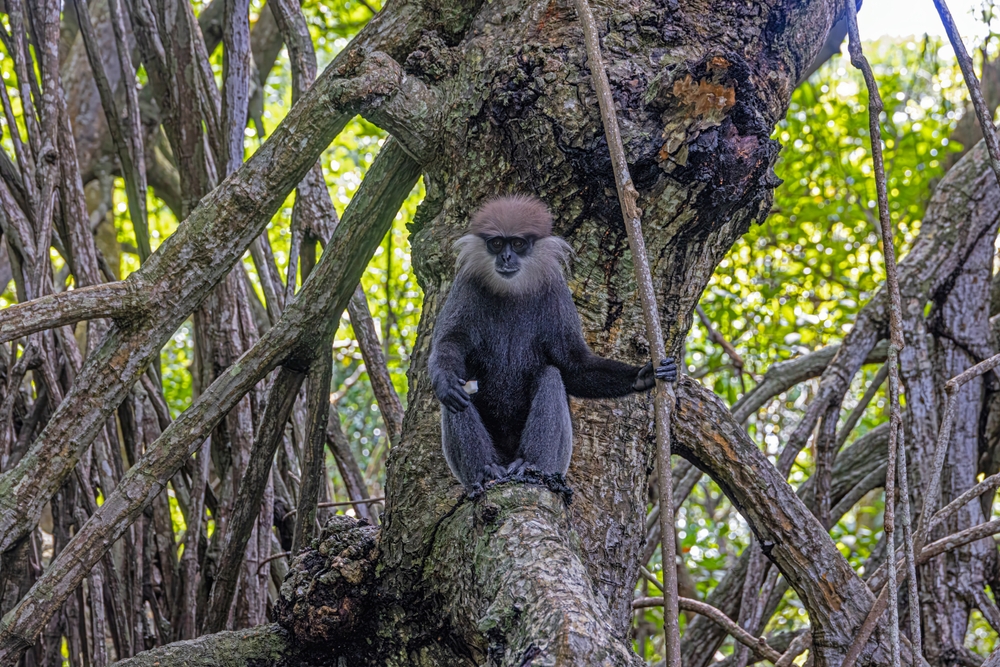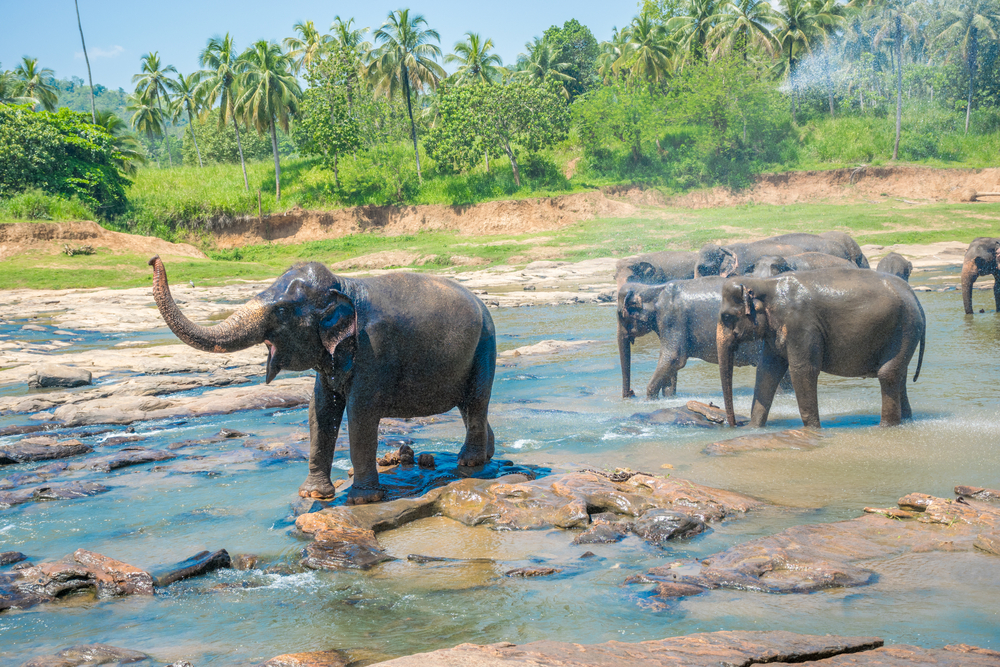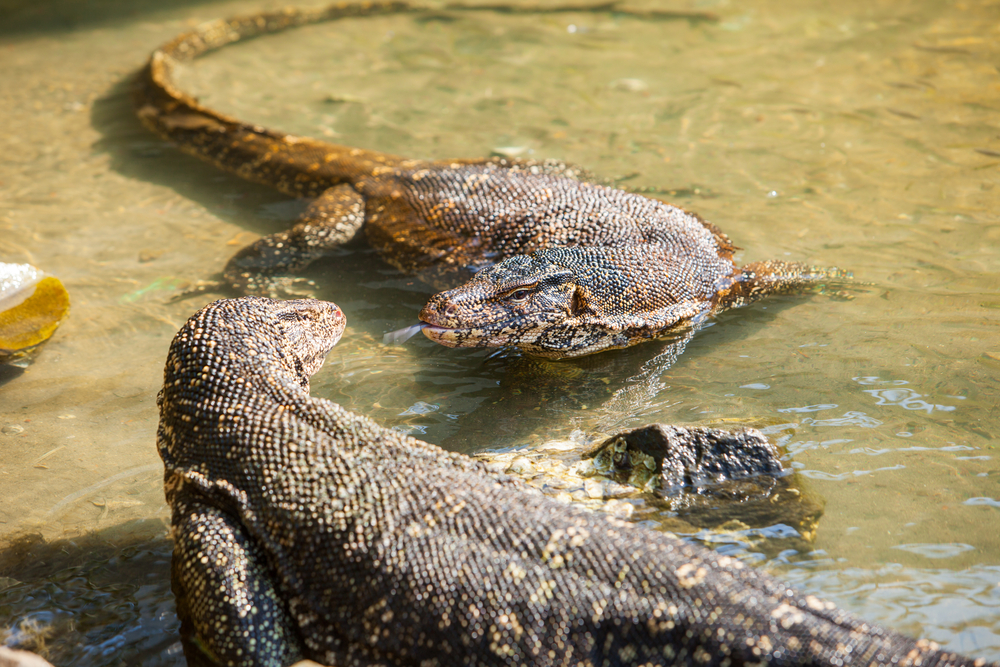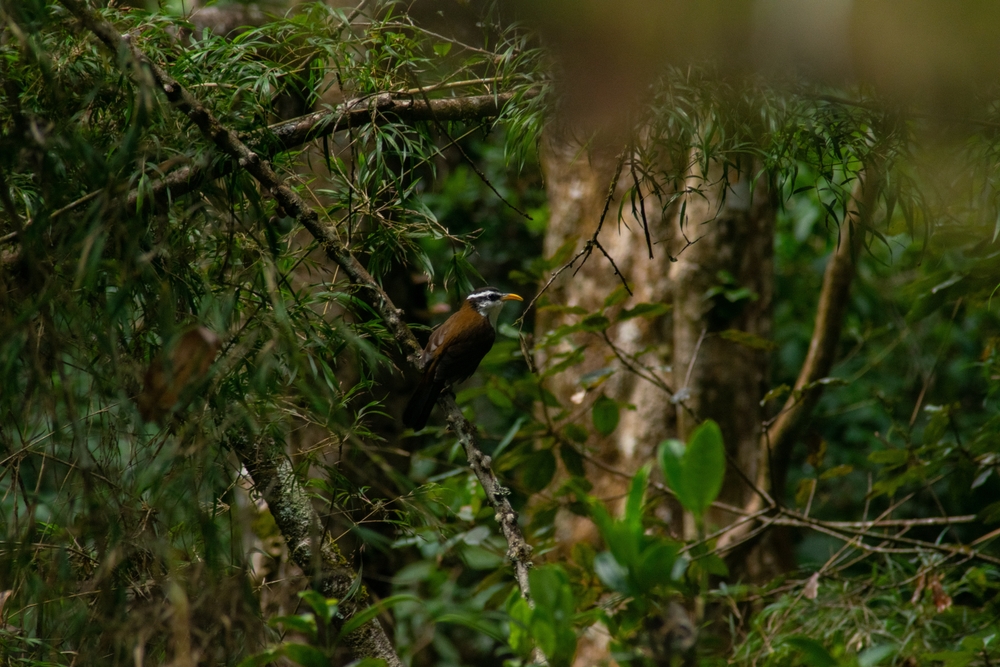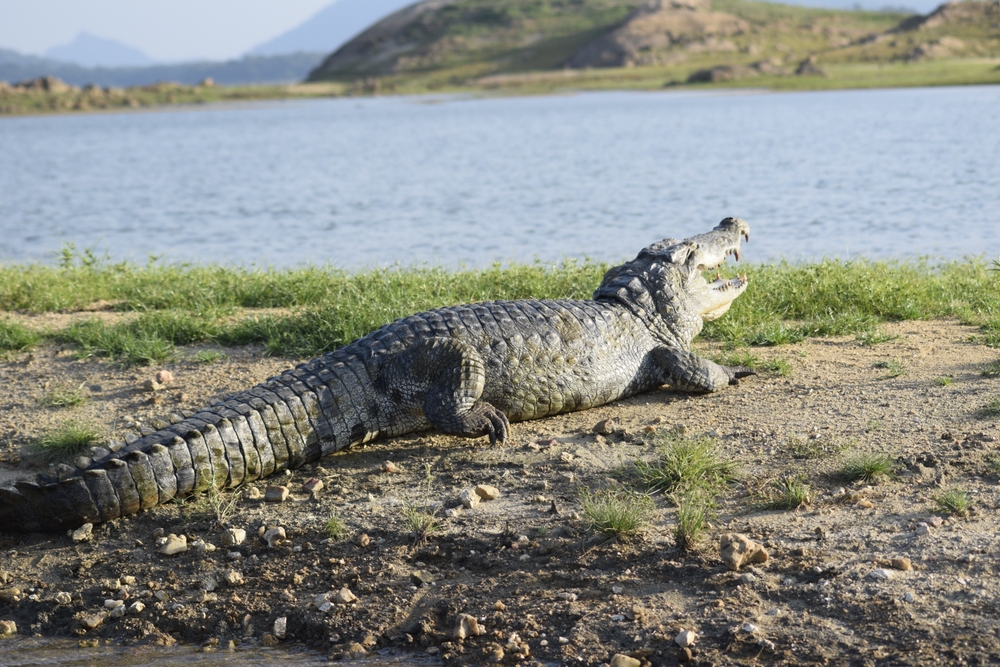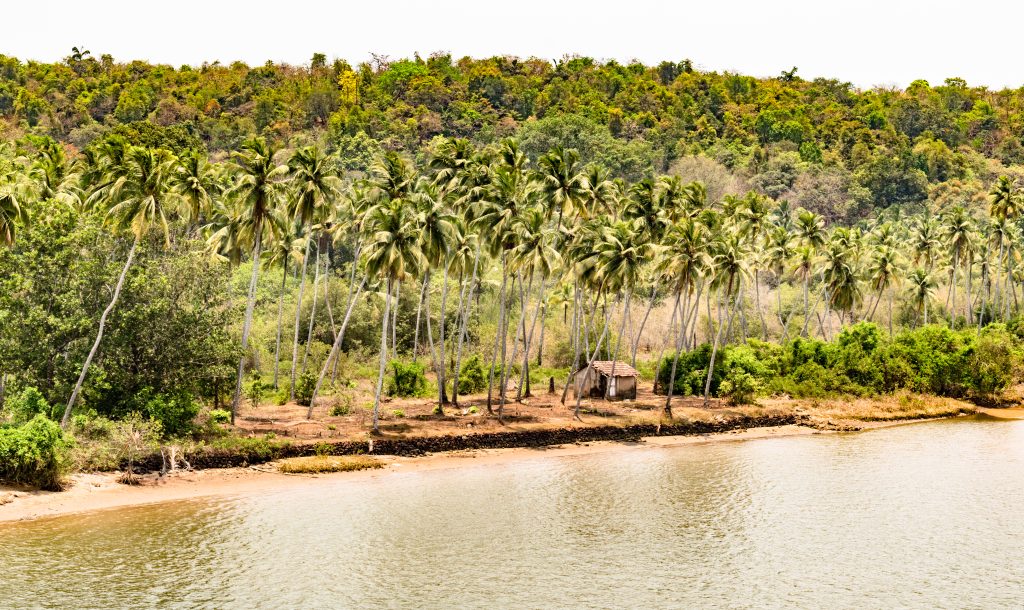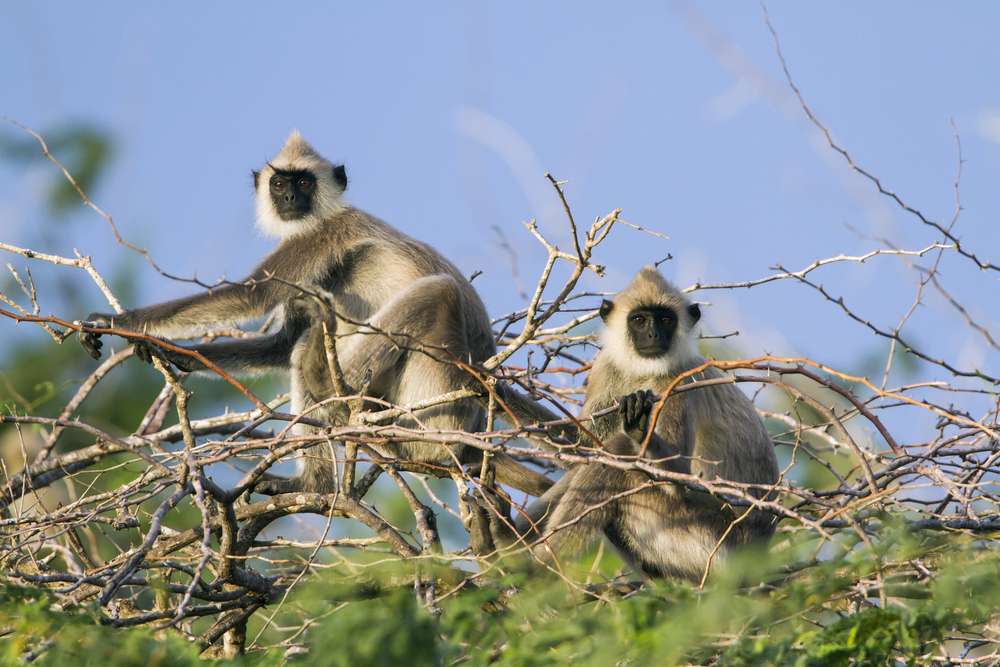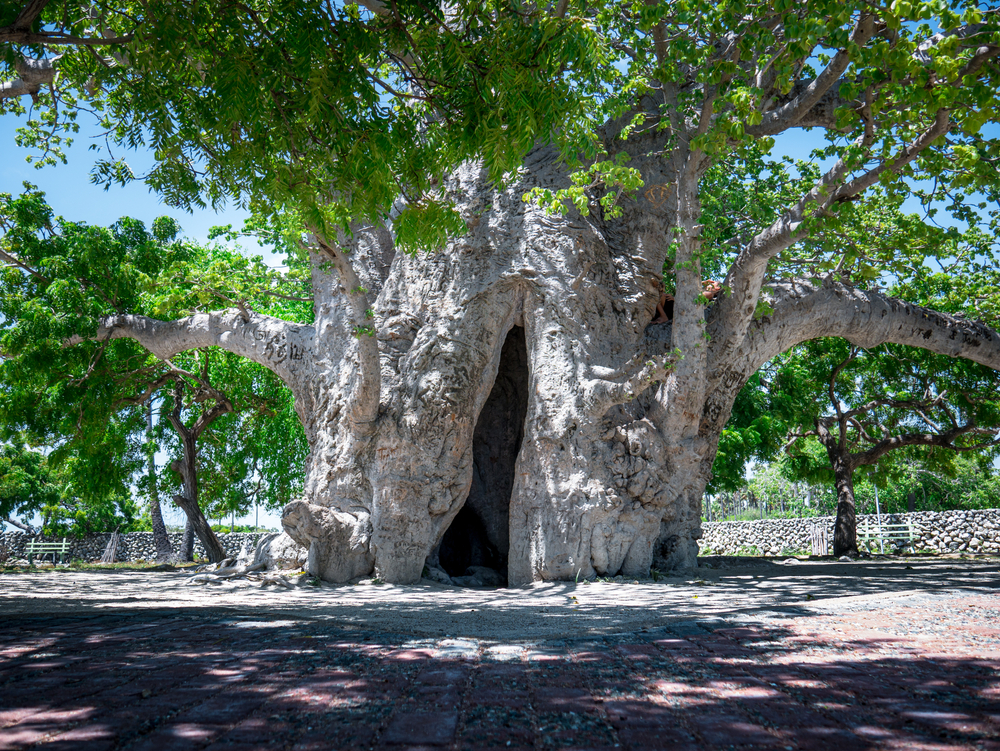Horagolia Overview
Horagolla National Park, located in the Western Province of Sri Lanka, near the town of Nittambuwa, is a relatively small but ecologically rich area of protected land. Covering approximately 13.3 hectares (0.05 square miles or 0.13 square kilometers), it is among Sri Lanka’s smallest national parks but holds immense importance as a biodiversity hotspot. The park was officially declared a national park in 2004, aiming to preserve its unique lowland evergreen forest ecosystem and its array of flora and fauna.
The terrain of Horagolla National Park is predominantly flat to gently undulating, with lush vegetation dominating its landscape. The park is a mix of dense evergreen forests interspersed with wetlands and open grasslands, which contribute to its vibrant biodiversity. The vegetation includes towering native trees like Hora (Dipterocarpus zeylanicus), which lend the park its name. Other notable plants include various species of ferns, orchids, and undergrowth that thrive in the humid, tropical conditions. This verdant canopy and dense forest floor provide critical habitats for numerous animal and bird species.
Wildlife within Horagolla National Park includes several endemic and native species of mammals, reptiles, and birds. Among the key mammals, the park is home to the Sri Lankan jackal (Canis aureus naria), fishing cats (Prionailurus viverrinus), and mongooses. Primates, such as the purple-faced langur (Trachypithecus vetulus), are frequently sighted, as well as the Indian palm squirrel. The birdlife here is equally impressive, with species such as the Sri Lankan grey hornbill (Ocyceros gingalensis), emerald doves, and brown-capped babblers creating a haven for birdwatchers. Reptiles like the monitor lizard and amphibians such as tree frogs add to the park’s biological richness.
Horagolla National Park is popular for its serene environment and relatively undisturbed natural beauty. Visitors often enjoy guided nature walks that allow them to observe wildlife up close while learning about the delicate ecosystems. Birdwatching is a favorite activity, thanks to the park’s high avian diversity. For those seeking a more tranquil experience, the park offers numerous shaded trails perfect for leisurely strolls and quiet reflection amidst nature.
Conservation at Horagolla National Park has faced challenges, including habitat fragmentation due to human encroachment and limited awareness about its ecological significance. However, concerted efforts by the Sri Lankan Department of Wildlife Conservation have been instrumental in preserving the park’s biodiversity. Community involvement in conservation activities has also proven effective, with education and sustainable tourism practices helping to mitigate threats. The park’s small size requires careful management, particularly as it balances protection with visitor access.
Horagolla National Park may not be as expansive as other national parks in Sri Lanka, but its dense forests, diverse wildlife, and tranquil environment make it a hidden gem for nature enthusiasts. Its conservation significance, combined with its accessibility from Colombo, ensures it remains a vital refuge for biodiversity and a serene retreat for visitors.








































































